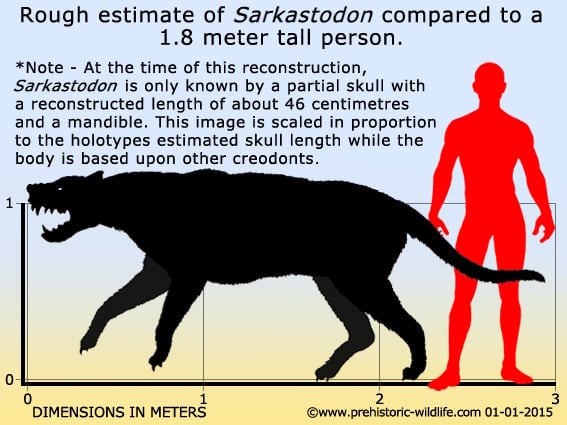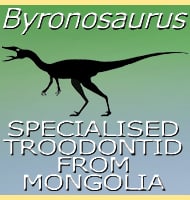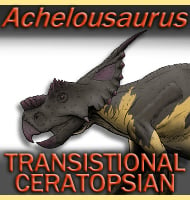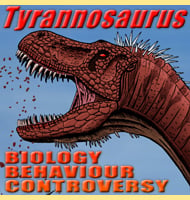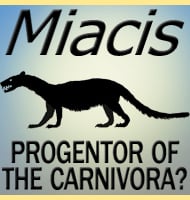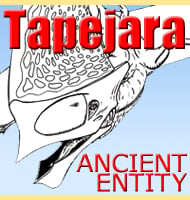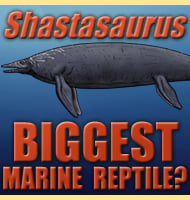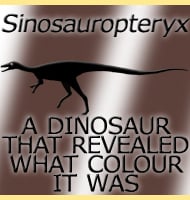In Depth
Not too much is known about Sarkastodon because so far as only the skull and jaw are known for certain. The size and construction of these skulls however strongly suggest that in life Sarkastodon would have been a very large, powerful animal and is often likened to being like a bear. Like many other creodonts, Sarkastodon had robust canine teeth for seizing prey, and sharp pre-molars for slicing flesh. With this in mind it would seem that Sarkastodon was a hypercarnivore (an animal that almost it not exclusively eats nothing but meat), using its teeth to cut bite sized chunks of flesh and the strength of its jaws (amplified by the short muzzle that increased the efficiency of the muscles by holding bones nearer the fulcrum of the jaws) to crush bones.
Sarkastodon would have been one of the more powerful predators of its day, but eventually the creodonts, the group it belonged too, would lose out to newer predators such as the amphicyonids, better known as ‘bear dogs’.
Further Reading
– A giant oxyaenid from the upper Eocene of Mongolia. – American Museum Novitates 969. – W. Granger – 1938.
